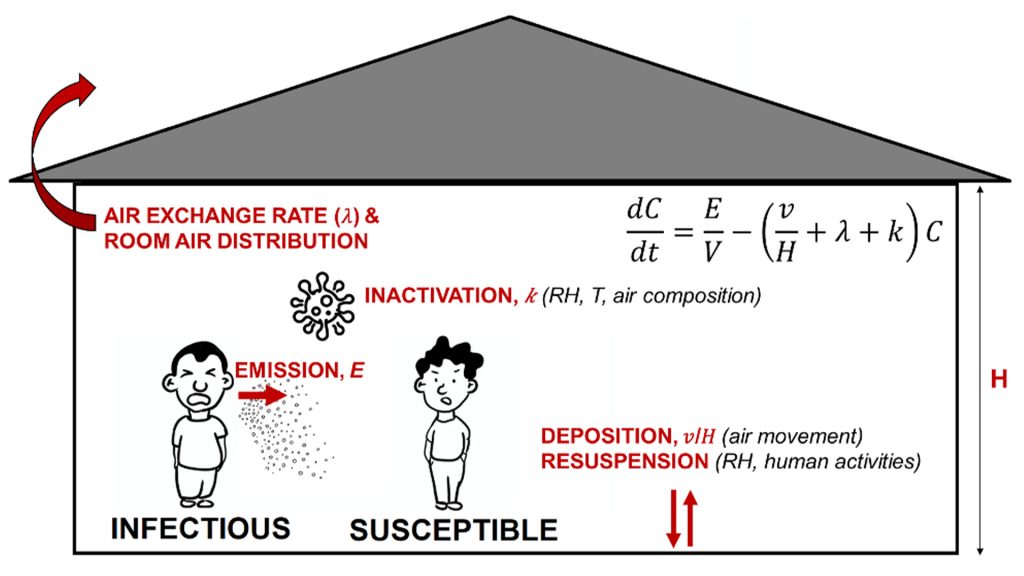It’s getting crowded in here: balancing indoor climate regulation and pathogen control to minimize energy use and public health burden in urban environments

Summary
Rapid population growth and urbanization are currently colliding with two opposing problems: on the one
hand, both climate change and the energy crisis demand that serious efforts are made to reduce energy use. Globally, buildings are responsible for 40% of energy consumption and 33% of greenhouse gas emissions. Majority of this footprint is attributed to indoor climate control through heating, cooling and ventilation. On the other hand, the COVID19 pandemic has focused attention on the importance of maintaining well ventilated and/or -purified indoor air to reduce the airborne transmission of SARS-CoV-2 and other diseases such as influenza or measles. Extensive ventilation, however, leads to high energy use and cost. In this interdisciplinary project, we will apply a combined experimental and modeling approach to fundamentally understand dynamics and persistence of indoor respiratory airborne pathogens, and to identify strategies that optimize indoor climate control at low energy cost. The results will be useful for researchers to model indoor pathogen dynamics and assess occupants’ exposure and health risks, and for building designers and operators to make more efficient pollution control and ventilation strategies, further providing a sustainable and healthy built environment.
General information
- PIs: Dusan Licina (HOBEL / IIC) & Tamar Kohn (LCE / IIE)
- Team members: Hui Dong (HOBEL) & Taylor Medina (LCE)
- Start date: 01.06.2023
- Duration: 36 months
- This Flagship project is co-financed by EPFL Fribourg (Smart Living Lab)